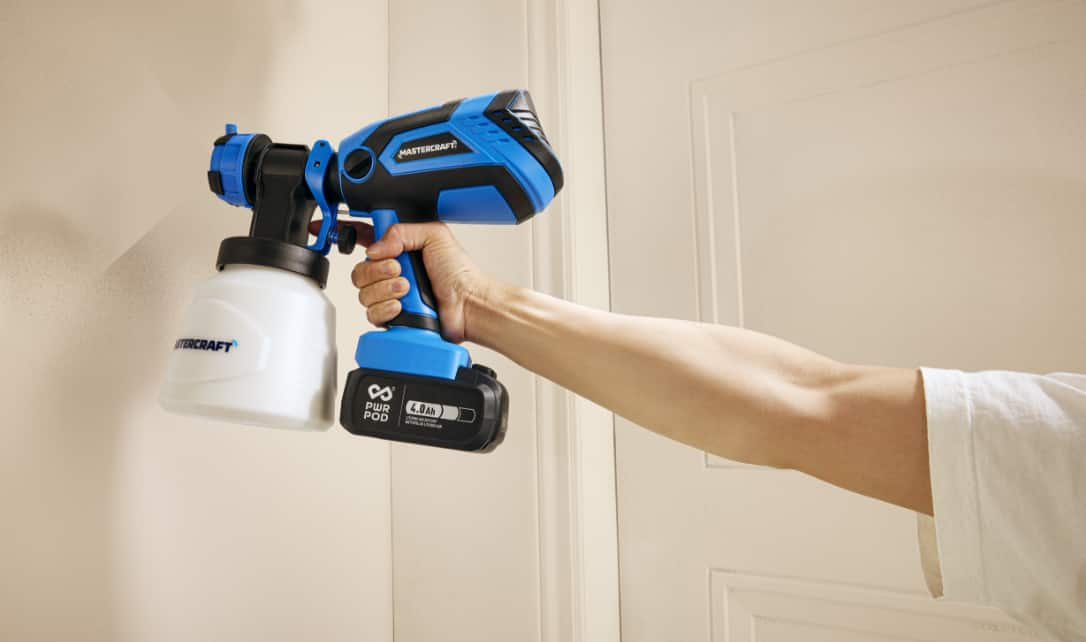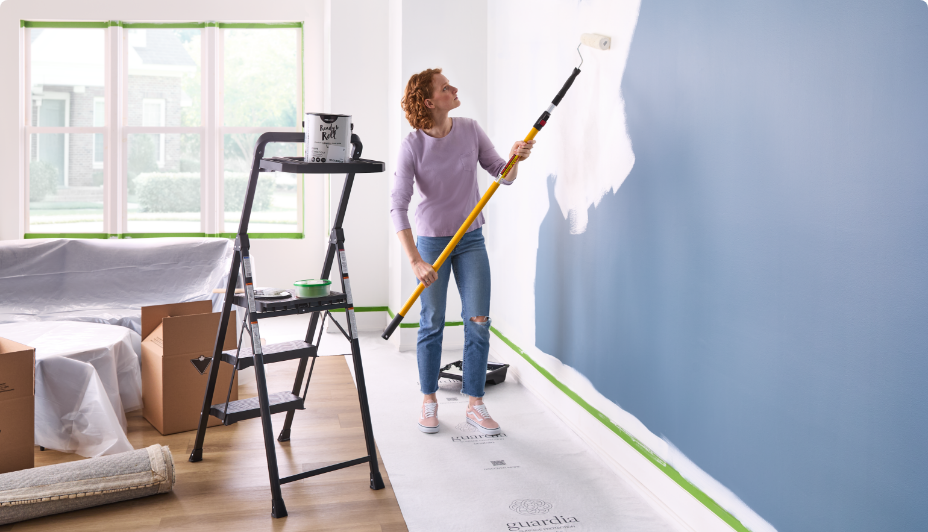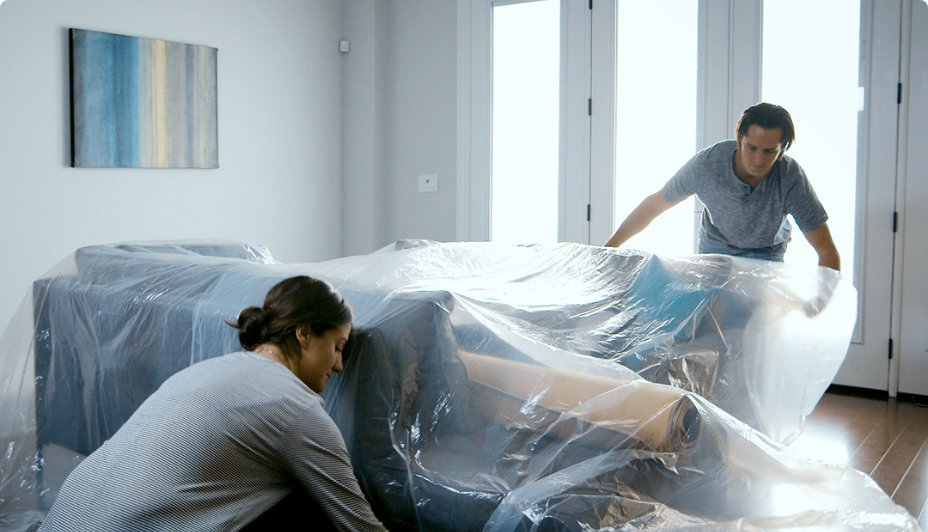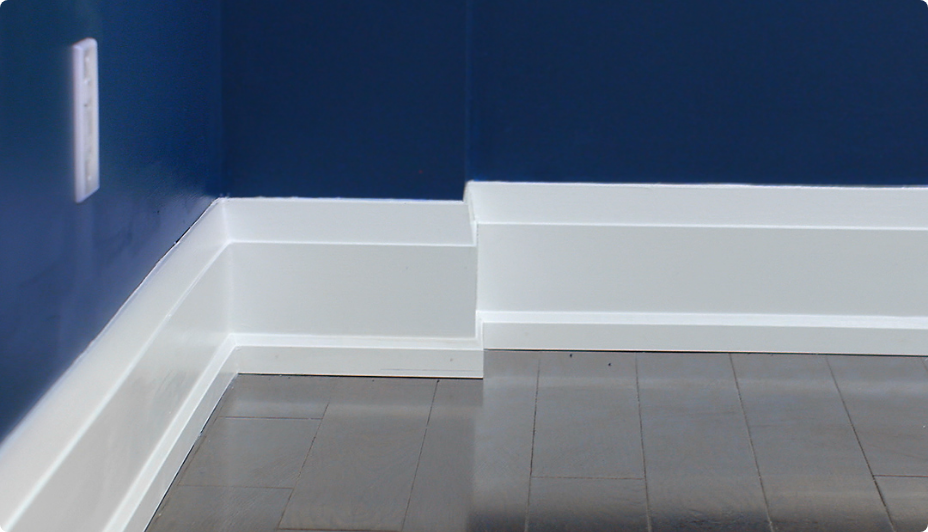SAVE UP TO 60% WITH BLACK FRIDAY.
SHOP NOWCollect 20X Bonus CT Money®* on qualifying tire & wheel purchases Nov. 27 - Dec. 1 with Triangle Rewards®. * Conditions apply.
Shop NowGet your order today. Same-Day Pick Up* or Delivery** available.
Learn MoreThis paragraph should be hidden.
How to choose interior paint
A fresh coat of paint provides instant impact when you’re ready to refresh your home. Read on for tips on how to find the right interior paint for your DIY project.


- Space
- Colours
- Types
- Sheens
- Lingo
- Tips
What are you painting?
Before you start looking at paint options, you should consider the space that you want to paint. Does the space get a lot of sunlight or is it quite dark? Do you want to make it more vibrant or would a neutral colour work better? Where is the room located? Is it a high or low traffic area? Is it exposed to a lot of moisture?
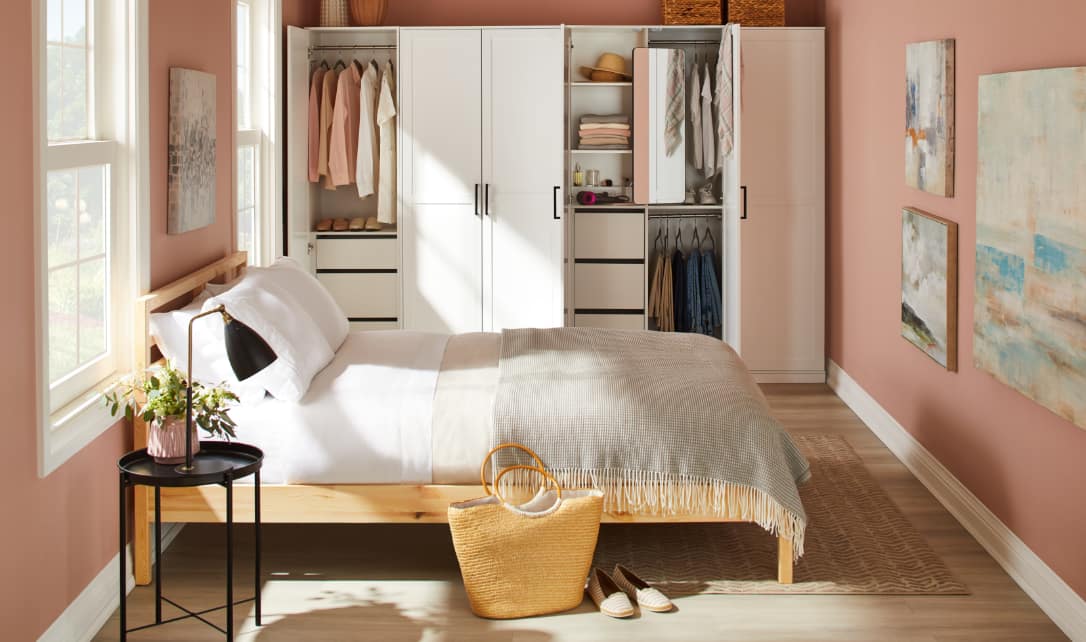
Not sure how much paint you need?
Use our paint calculator to estimate how much paint and primer you need to complete your painting project.
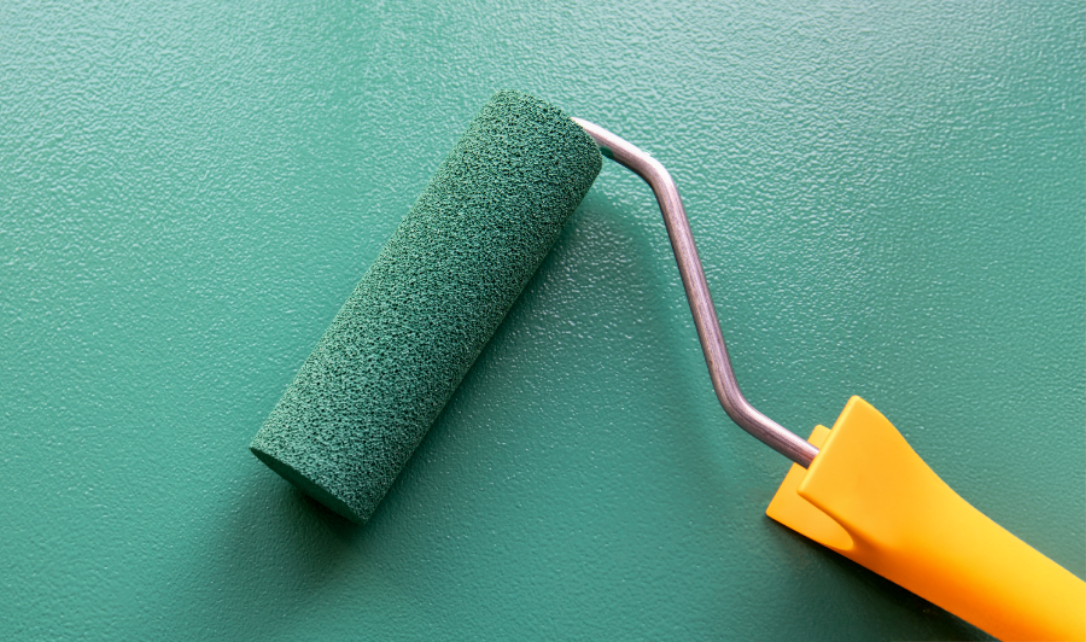
Basic or Bold
Before deciding on a paint colour, think about the mood you want to create in the room you are painting. You may want to stay consistent with the colour scheme of the house, or if you are painting a small space like a powder room, you may want to do something a bit bolder and more adventurous.

Not sure what colour is best for your space?
Get quick, personalized colour suggestions for any project using our SWIPE tool, and view them in our Room Visualizer Tool.
Find Your Match

Test it out before you buy
Browse the full assortment of Premier paint colours and order free colour swatches delivered right to your door to test them in your own space.
Pick Swatches

Interior Wall Paint
Discover the perfect sheen for your space with options like eggshell, satin, matte/flat and semi-gloss. Find white paint and our pre-mixed Premier Ready to Roll assortment available for purchase online. For tintable colours, visit us in-store.
Shop All Interior Wall Paint

Primers
There are two types of primers: sealing primers and deep base primers.
Sealing primers are essential for walls with dark paint or stains and are available in both water-based and oil-based options. It is important to note that water-based primer should not be used under oil-based paint. Deep base primers are designed for dark, saturated colours, help to reduce the number of coats needed, saving time and money.
Shop All Primers
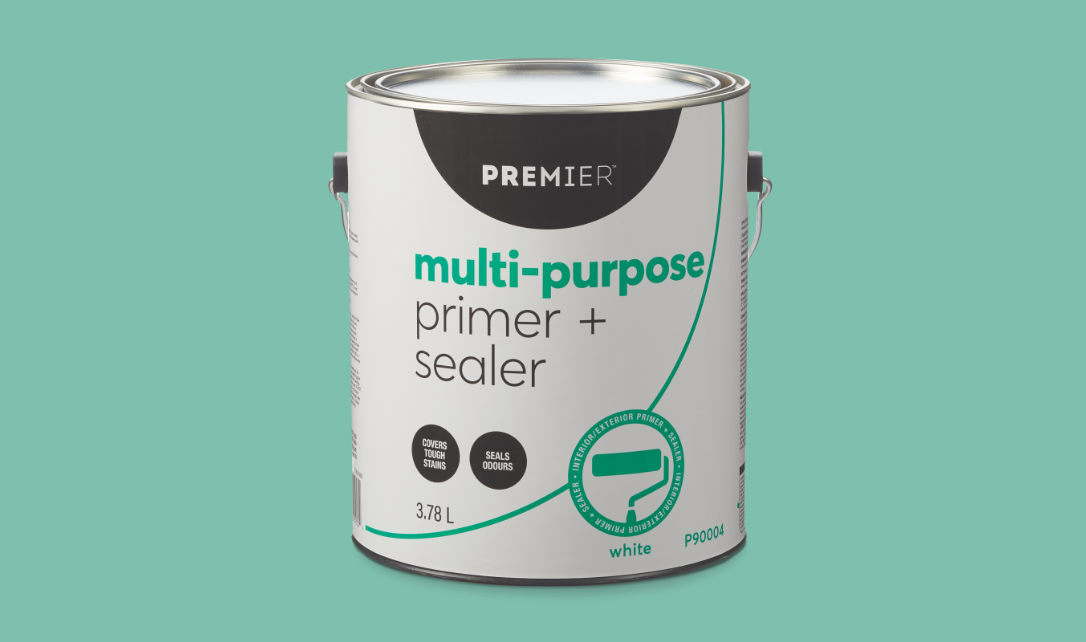
Ceiling Paint
Ceiling paint is designed to be used on ceilings. It spreads evenly and provides coverage over stains. Make sure that the ceiling paint you choose is strong enough to adhere to the surface type you are painting.
Shop All Ceiling Paint
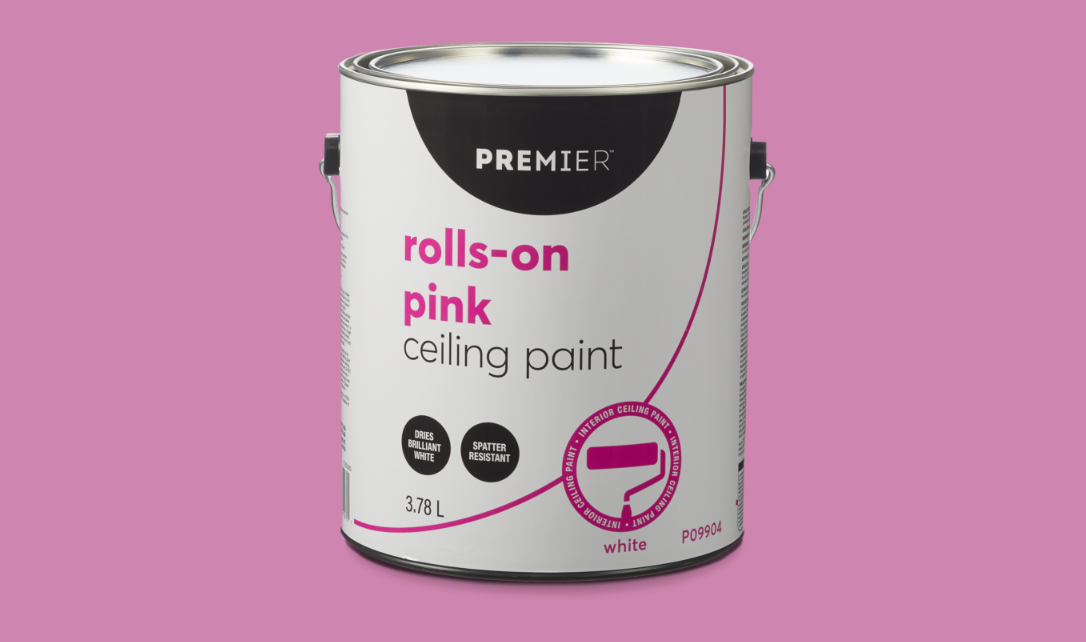
Kitchen & Bathroom Paint
This type of paint is specifically formulated for kitchens and bathrooms—areas that require frequent cleaning and are regularly exposed to moisture. It is mildew and mold-resistant, offering a durable, washable surface.
Shop All Kitchen & Bathroom Paint

Door & Trim Paint
Designed specifically for interior doors and trim, this type of paint ensures exceptional adhesion and easy cleaning. It is spatter-resistant and smooth to apply, making it easy to achieve a flawless finish with just one coat.
Shop All Door & Trim Paint

Cabinet & Furniture Paint
Ideal for cabinetry and furniture, this type of paint ensures exceptional adhesion, easy cleaning, and is perfect for adding unique accents to your space with minimal effort.
Shop All Cabinet & Furniture Paint
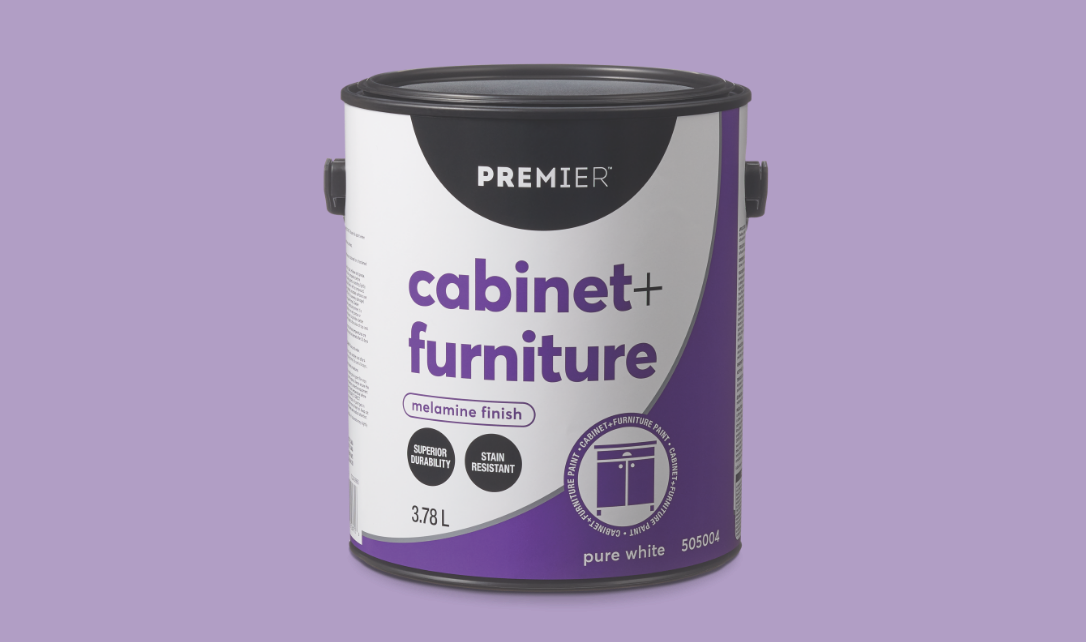
Matte/Flat
Matte paint is not as washable as other paints, but it’s great for hiding imperfections in surfaces, because it absorbs light. It offers a soft, smooth finish. This type of paint is best suited for low traffic areas, such as bedrooms.
Shop All Matte/Flat Paints
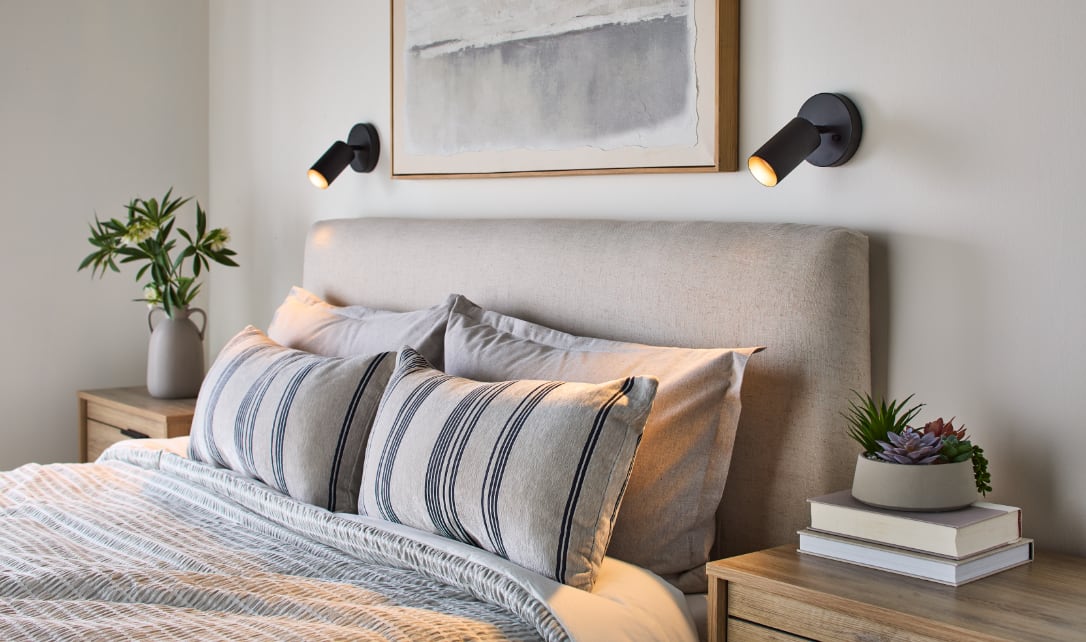
Eggshell
This type of paint is more washable than matte paint, which makes it a popular choice. This finish is still flat, but offers a low shine and smooth finish. It’s best suited for lower traffic areas such as bedrooms.
Shop All Eggshell Paints
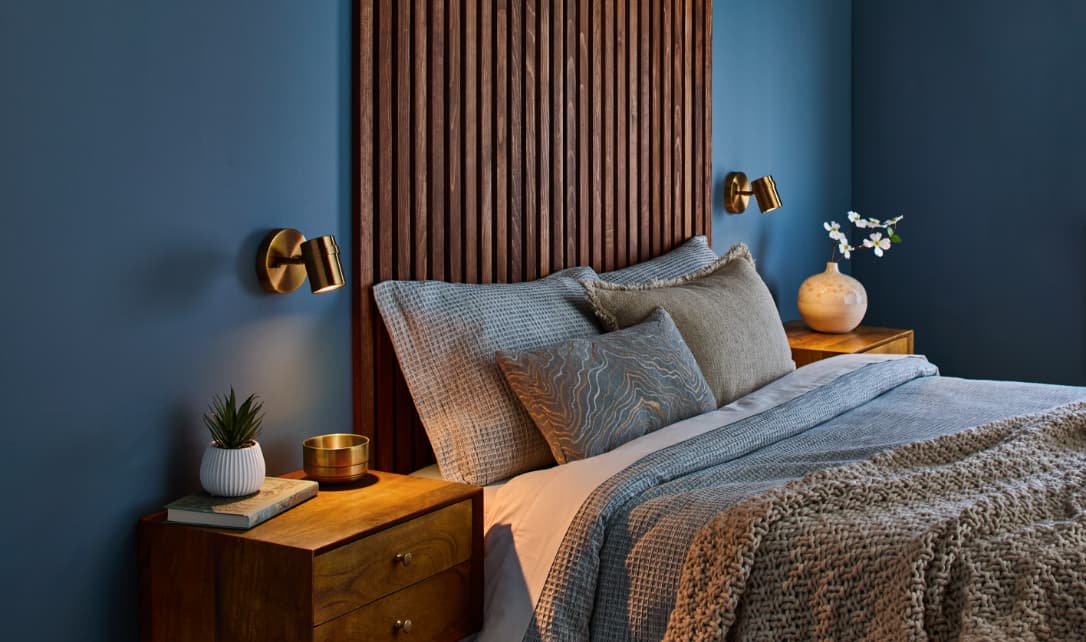
Satin
Satin paint is more durable than matte and can be washed. It has a soft, shiny finish. Most people like the elegant look of satin paint. It’s suitable for high traffic areas, such as living rooms, kitchens and bathrooms.
Shop All Satin Paints

Semi-Gloss
Semi-gloss paint offers a shinier finish than satin. It can withstand rigorous cleaning and is very durable. It’s a great choice for high traffic areas, such as hallways, and works well on doors, trim and mouldings.
Shop All Semi-Gloss Paints

Colour Retention
How well a paint stands up to discolouring against exposure to sunlight, or repeated cleaning.

VOC or No-VOC Paint
VOCs (volatile organic compounds) are harmful chemicals that are emitted as paint is drying. Read the label on paint before you buy it to check for VOCs.

Press Tape with a Putty Knife
To avoid paint bleeding, apply painter’s tape and then run a putty knife over top to create a better seal.
Shop All Painter's Tape Shop All Putty Knives

Avoid Lap Marks
Lap marks are those stripes caused by uneven layers of paint. They occur when you roll over paint that’s already partly dry. The key to avoiding lap marks is to maintain a “wet edge,” so each stroke of your roller overlaps the previous stroke before the paint can begin to dry. To maintain a wet edge, start near a corner and run the roller up and down the full height of the wall, moving over slightly with each stroke. Don’t let the roller become nearly dry; reload it often so that it’s always at least half loaded

Roll paint on edges for a consistent finish
To ensure a consistent finish in areas next to trim or smaller parts of the room, use a 3” roller with the same pile size as the roller used for the rest of the wall. Roll as close as you can without bumping the opposite wall or slopping paint onto the trim.
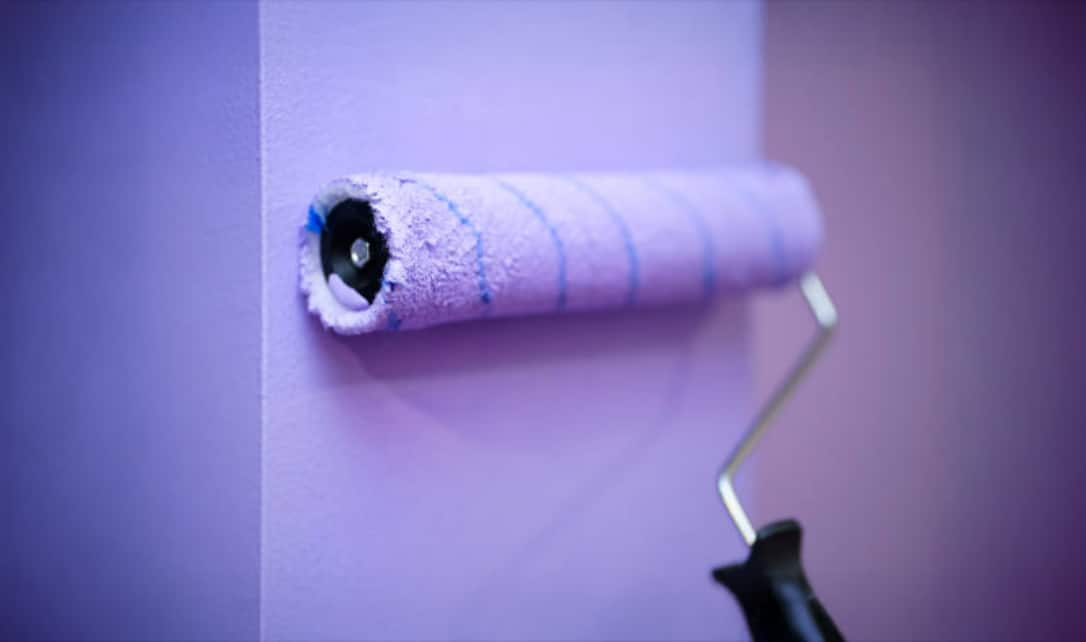
Applicators matter
For a consistent, long-lasting finish, you need to apply paint and coatings with high-quality application equipment. Better-quality brushes, rollers and applicators tend to apply a thicker, more uniform coat of paint than paint applied with less expensive tools. Better-quality tools also speed up your working time.
Shop All Paint Supplies, Tools & Applicators
